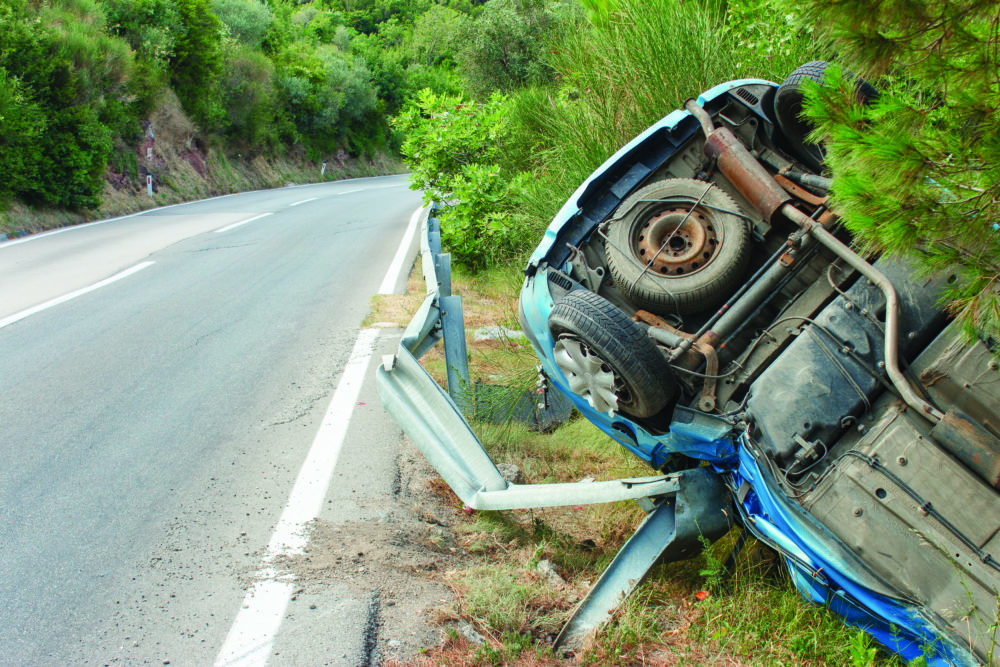Expedition of Crash Notification Action Plan
Description
Implement measures to provide faster crash notification for emergency medical services.
Steps For Implementation
- Develop a coalition by region between TxDOT, DPS, local law enforcement, emergency medical services (EMS), the 911 System, cities, counties, and the Texas Department of State Health Services (DSHS) to create lines of communication between entities.
(Participating organizations: DSHS and EMS agencies) - Develop a system to be used by all departments involved for reporting areas of safety concerns.
(Participating organizations: DSHS and EMS agencies) - Analyze locations reported and implement safety measures as warranted.
(Participating organizations: TxDOT and city and county agencies) - Streamline current 911 dispatch protocols to include notification of other agencies and stakeholders.
(Participating organization: 911 System) - Increase law enforcement presence on targeted rural roads.
(Participating organizations: DPS and local law enforcement) - Research new technologies, such as OnStar, and/or apps, such as Waze, to notify EMS of potential crashes.
(Participating organizations: EMS agencies) - Research grant funding opportunities to improve EMS response services.
(Participating organizations: EMS agencies)
Participating Organizations
See above for each step.
Effectiveness
*****
Cost to Implement
$$$$$
Time to Implement
Short
Medium
Long
Barriers
- Lack of funding for equipment and personnel; the need to apply for grants.
- Volunteer training; the need to find hospitals and other EMS agencies that will provide free training to EMS offices located in rural areas.
- Volunteer availability; the need for funding to have staff available 24 hours a day, seven days a week.
